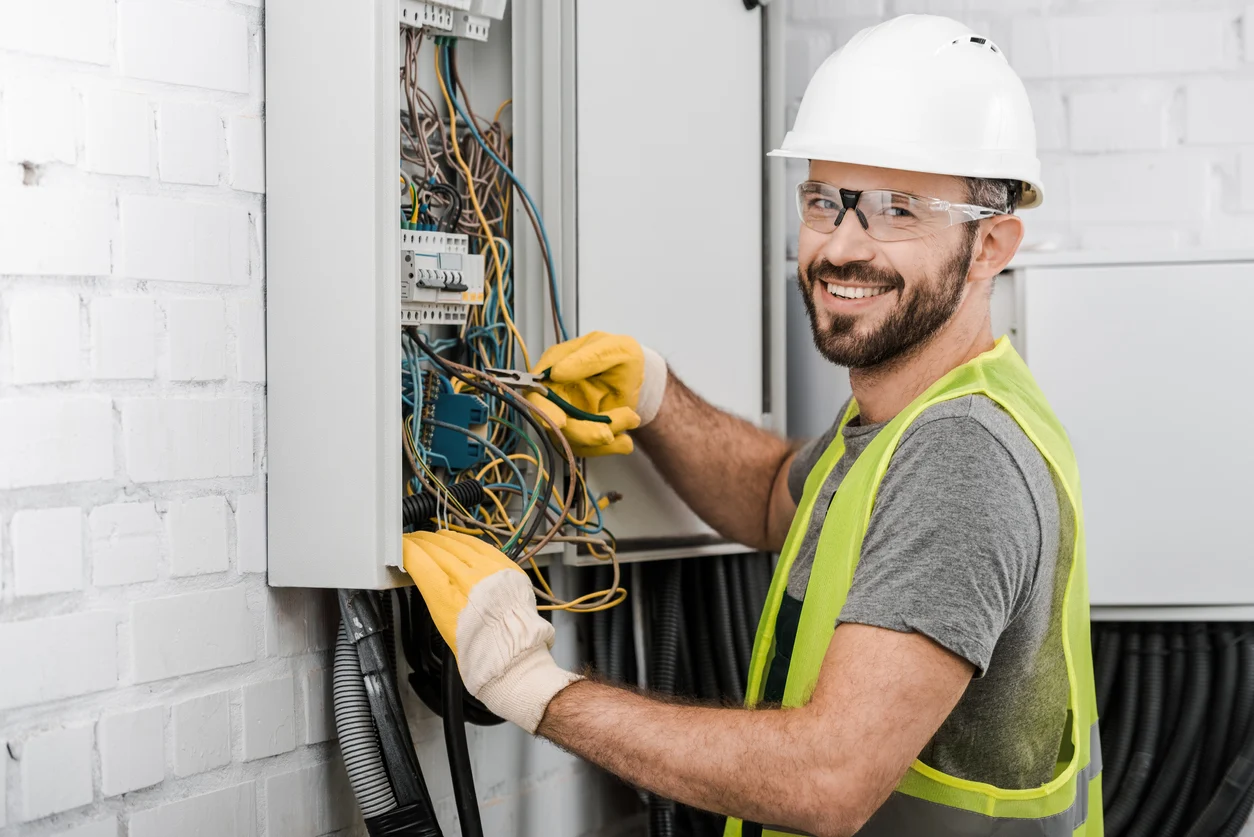

Articles
Whole House Surge Protector: How Does It Work
Modified: February 22, 2024
Learn how a whole house surge protector works and why it's important for protecting your home from power surges. Read our informative articles on this topic.
(Many of the links in this article redirect to a specific reviewed product. Your purchase of these products through affiliate links helps to generate commission for Storables.com, at no extra cost. Learn more)
Introduction
Welcome to the world of whole house surge protectors! In today’s digital age, our homes are filled with an ever-increasing number of electronic devices and appliances, all of which are vulnerable to power surges. These surges, which can be caused by lightning strikes, utility grid fluctuations, or even the internal switching of devices, can pose a significant threat to our valuable electronics. That’s where whole house surge protectors come into play.
A whole house surge protector is a device designed to protect all the electrical devices and appliances in your home from power surges. Unlike individual surge protectors that you may use for specific devices, a whole house surge protector is installed at the electrical panel, safeguarding your entire house from surges that could enter through the main power line.
But how exactly does a whole house surge protector work? What components are involved in its functioning? And what are the benefits of having one installed in your home? In this article, we’ll explore all these aspects and more, so you can make an informed decision about protecting your valuable electronics against power surges.
Key Takeaways:
- Whole house surge protectors are essential for safeguarding all electronic devices in your home from power surges, providing comprehensive protection and peace of mind.
- Professional installation, regular maintenance, and consideration of surge protection level and budget are crucial for maximizing the effectiveness of whole house surge protectors.
Read more: How To Install A Whole House Surge Protector
What is a Whole House Surge Protector?
A whole house surge protector is a device that is installed directly at your main electrical panel and is designed to protect all the electrical devices and appliances in your home from power surges. It acts as a first line of defense against voltage spikes that can occur due to lightning strikes, utility grid fluctuations, and other electrical disturbances.
Unlike individual surge protectors that you may use for specific devices, such as power strips with surge protection or surge-protected outlets, a whole house surge protector is installed at the point where the electrical power enters your home. This allows it to safeguard your entire household from surges that could enter through the main power line.
Think of a whole house surge protector as the gatekeeper of your home’s electrical system. It monitors the incoming voltage and, if it detects a surge, it diverts the excess electricity safely into the ground, preventing it from flowing into your appliances and electronics.
One common misconception about whole house surge protectors is that they provide total protection against all types of electrical damage. While they are highly effective at diverting power surges, they cannot protect against all potential electrical issues. For example, they do not provide protection against brownouts, which are periods of low voltage, or blackouts, which are complete power outages.
Furthermore, it’s important to note that whole house surge protectors are not a substitute for proper grounding and wiring in your home. They work in conjunction with these electrical systems to provide an extra layer of defense against power surges.
In the next section, we will delve deeper into how a whole house surge protector works to keep your home’s electrical system and devices safe from damaging surges.
How Does a Whole House Surge Protector Work?
To understand how a whole house surge protector works, let’s break down the process into a few key steps:
- Surge Detection: When a power surge occurs, the whole house surge protector senses the increase in voltage. It continuously monitors the flow of electricity entering your home through the main power line.
- Diverting the Surge: Upon detecting a surge, the surge protector quickly routes the excess electricity to the ground, away from your electrical devices. It does this by creating a low-impedance path to safely dissipate the surge.
- Response Time: The response time of a whole house surge protector is typically measured in nanoseconds (billionths of a second). This fast response time ensures that the surge protector can react quickly to divert the surge before it reaches your devices.
- Multiple Protection Stages: Most whole house surge protectors employ multiple stages of protection to provide comprehensive surge suppression. This includes primary protection at the service entrance to divert larger surges and secondary protection at the individual circuit level to further filter and suppress smaller surges.
The key component of a whole house surge protector is a metal oxide varistor (MOV). An MOV is made up of semiconductors that have the ability to rapidly change from a high-resistance state to a low-resistance state when a surge occurs. This enables it to divert the excess energy safely to the ground. The MOV serves as the primary line of defense against surges, absorbing and dissipating the energy associated with the surge.
In addition to the MOV, whole house surge protectors often include other components such as gas discharge tubes, which provide secondary protection by absorbing and diverting any remaining energy, and filters to provide noise suppression and filtering capabilities.
It’s important to note that whole house surge protectors are not a one-time use device. They have a limited capacity and can progressively wear down over time as they absorb surges. Therefore, it’s crucial to periodically check and replace the surge protector when necessary, ensuring that it maintains its effectiveness in protecting your home’s electrical system.
In the next section, we will discuss the components involved in a whole house surge protector and how they work together to provide comprehensive surge protection.
Components of a Whole House Surge Protector
A whole house surge protector consists of several key components that work together to provide comprehensive surge protection for your home’s electrical system. Let’s take a closer look at these components:
- Metal Oxide Varistor (MOV): The metal oxide varistor is the primary component of a whole house surge protector. It is made up of semiconductors that are capable of rapidly changing their resistance in response to voltage fluctuations. When a surge occurs, the MOV diverts the excess energy to the ground, protecting your electrical devices.
- Gas Discharge Tubes: Gas discharge tubes serve as secondary protection in a whole house surge protector. They are filled with inert gas and are designed to arc when the voltage exceeds a certain threshold. This arcing action helps to divert the excess energy of the surge.
- EMI/RFI Filters: Electromagnetic interference (EMI) and radio frequency interference (RFI) filters provide additional protection in a whole house surge protector. They reduce noise and filter out unwanted electromagnetic and radio frequency signals that could interfere with the proper functioning of your electrical devices.
- Thermal Fuses: Thermal fuses are safety devices built into some whole house surge protectors. They monitor the temperature of the surge protector, and in the event of overheating due to a prolonged surge or electrical fault, they interrupt the electrical current to prevent damage or fire.
- Status Indicators: Many whole house surge protectors come equipped with status indicators, such as LED lights, to provide visual feedback on the status of the surge protector. These indicators may include power on/off, surge protection status, and fault indicators to alert you if there is a problem with the surge protection system.
These components work collectively to detect and divert excess energy from power surges, providing robust protection for your electrical devices and appliances. It’s important to choose a whole house surge protector that is UL-listed and meets the necessary safety standards to ensure its reliability and effectiveness in safeguarding your home’s electrical system.
Now that we understand the components of a whole house surge protector, let’s move on to the installation process to learn how to set up this vital system in your home.
Installation Process of a Whole House Surge Protector
Installing a whole house surge protector typically involves the following steps:
- Assess the Electrical Panel: Begin by assessing your electrical panel to ensure that it has enough space for the whole house surge protector. Check the manufacturer’s specifications and requirements for installation, as well as any local electrical codes that may apply.
- Turn Off Power: Before starting any electrical work, always turn off the main power to your home. This will help prevent any electrical accidents or damage during the installation process.
- Locate the Service Entrance: Locate the service entrance where the main power line enters your home. This is typically found near your electrical meter.
- Mount the Surge Protector: Install the surge protector at the service entrance, either inside or outside the electrical panel. Consult the manufacturer’s instructions for specific mounting guidelines. Ensure that there is proper clearance and access for the surge protector.
- Connect the Surge Protector: Connect the surge protector to the electrical panel by attaching the necessary wiring. This usually involves connecting the surge protector to designated terminals or slots on the panel and securing the connections properly.
- Grounding: Ensure that the surge protector is properly grounded. Connect the grounding wire to the surge protector using the designated grounding terminal. Additionally, make sure that the surge protector is bonded to the existing grounding system of your home.
- Verify Connections: Double-check all the connections to ensure they are secure and properly tightened. Verify that the wiring is correctly connected according to the manufacturer’s instructions.
- Restore Power and Test: Once the installation is complete, turn the main power back on and test the surge protector. Confirm that the surge protector is functioning correctly by following the manufacturer’s testing procedures.
Please note that the installation process may vary depending on the specific surge protector model and your electrical panel setup. It’s always recommended to consult a licensed electrician for professional installation, especially if you are not familiar with electrical systems or feel uncertain about the process.
With your whole house surge protector successfully installed, you can now enjoy peace of mind knowing that your home’s electrical system and valuable electronics are well-protected against power surges. In the next section, we will explore the benefits of using a whole house surge protector.
When choosing a whole house surge protector, look for one with a high joule rating to ensure it can handle large surges. It should also be installed by a qualified electrician for maximum effectiveness.
Benefits of Using a Whole House Surge Protector
Using a whole house surge protector offers numerous benefits that help protect your home’s electrical system and valuable electronic devices. Let’s explore some of these benefits:
- Comprehensive Protection: A whole house surge protector provides comprehensive protection for all the electrical devices and appliances in your home. It safeguards against power surges that can occur from various sources, such as lightning strikes, utility grid fluctuations, and internal switching of devices.
- Prevention of Damage: Power surges can cause significant damage to your electronic devices, leading to expensive repairs or replacements. By installing a whole house surge protector, you can prevent this damage and extend the lifespan of your valuable electronics.
- Convenience and Efficiency: Unlike individual surge protectors that need to be plugged into each device separately, a whole house surge protector offers convenience and efficiency. With a single installation at the electrical panel, it protects all devices connected to your home’s electrical system simultaneously.
- Cost Savings: The cost of replacing damaged electronics can quickly add up. By investing in a whole house surge protector, you can save money in the long run by avoiding the need to replace expensive appliances or devices that have been damaged by power surges.
- Fire Prevention: Power surges can also pose a fire hazard if left unchecked. By diverting excessive energy safely to the ground, a whole house surge protector helps reduce the risk of electrical fires caused by power surges.
- Peace of Mind: Knowing that your home’s electrical system and electronic devices are protected provides peace of mind. Whether you’re at home or away, you can rest assured that your electronics are shielded from power surges that could potentially wreak havoc on your devices.
- Compatibility with Smart Home Systems: Many whole house surge protectors are compatible with smart home systems. This allows you to integrate surge protection seamlessly with your smart devices, further enhancing the safety and performance of your connected home.
It’s important to remember that while a whole house surge protector offers valuable protection, it cannot guarantee absolute immunity to every power surge. In the event of an extremely powerful surge, additional protective measures may be necessary to safeguard sensitive electronic equipment.
Considering the numerous benefits and protection it provides, installing a whole house surge protector is a wise investment for the safety and longevity of your home’s electrical system and electronic devices.
Before installing a whole house surge protector, there are several factors you should consider. We will discuss these considerations in the next section to help you make an informed decision.
Considerations Before Installing a Whole House Surge Protector
Before proceeding with the installation of a whole house surge protector, it’s important to consider the following factors to ensure that it is the right choice for your home:
- Electrical Panel Compatibility: Check the compatibility of the surge protector with your electrical panel. Not all surge protectors are compatible with all panel types, so it’s crucial to verify this information before making a purchase.
- Professional Installation: While some homeowners may have the necessary electrical skills to install a surge protector, it’s highly recommended to seek professional installation. A licensed electrician can ensure that the surge protector is correctly installed and meets all safety requirements and electrical codes.
- Surge Protection Level: Consider the surge protection level provided by the surge protector. Look for products with higher joule ratings, as they can handle larger surges. Keep in mind that the surge protector’s capacity should align with your specific needs and the level of surge activity in your area.
- Warranty and Reliability: Evaluate the warranty and reliability of the surge protector. Look for surge protectors that provide a sufficient warranty period, typically ranging from 3 to 10 years. Additionally, read customer reviews to gauge the reliability of the product.
- Future Expansion: Consider whether you may need to expand your electrical panel or add new circuits in the future. Ensure that the surge protector installation allows for expansion and easy integration with any future electrical modifications.
- Budget: Determine your budget for a whole house surge protector installation. While it’s important to invest in a quality surge protector, consider your financial constraints and find a balance between features, effectiveness, and cost.
- Additional Surge Protection: Evaluate whether additional surge protection measures are required for specific sensitive electronic devices. Some devices, such as computers or entertainment systems, may benefit from supplemental surge protection in the form of surge-protected power strips or outlets.
By carefully considering these factors, you can make an informed decision about the installation of a whole house surge protector that best suits your home’s needs and provides optimal protection against power surges.
Once your whole house surge protector is installed, it’s important to perform proper maintenance and upkeep to ensure its continued effectiveness. We will discuss maintenance tips in the next section.
Maintenance and Upkeep of a Whole House Surge Protector
To ensure the continued effectiveness and longevity of your whole house surge protector, it’s important to perform regular maintenance and upkeep. Here are some key maintenance tips to follow:
- Regular Inspection: Regularly inspect the surge protector for any visible signs of damage. Look for frayed wires, loose connections, or signs of wear and tear. If you notice any issues, contact a licensed electrician for further assessment and repairs.
- Cleanliness: Keep the surge protector and its surroundings clean and free from dust, dirt, or debris. Regularly dust the unit and ensure that there are no obstructions that could impede its functioning.
- Follow Manufacturer’s Instructions: Familiarize yourself with the manufacturer’s instructions for maintenance and follow them closely. Each surge protector may have specific guidelines for cleaning, testing, and replacement of components.
- Testing: Test the surge protector periodically to ensure that it is functioning properly. Follow the manufacturer’s instructions for testing procedures. This will help identify any issues or potential failures and allow for timely repairs or replacements.
- Replace as Needed: Surge protectors have a limited lifespan and can wear down over time. If your surge protector is no longer functioning optimally or has surpassed its recommended lifespan, replace it with a new one to maintain the highest level of protection.
- Power Outages: Power outages present an opportunity for power surges once the electrical service is restored. If you experience a power outage, it’s advisable to check the status of your surge protector afterward to ensure that it is still operational and hasn’t been compromised.
- Keep Documentation: Keep a record of the installation date, warranty information, and any maintenance or testing procedures performed on the surge protector. This will help you stay organized and easily track the history of the unit.
Remember, while whole house surge protectors offer a high level of protection, they cannot guarantee absolute immunity from power surges. In the event of a severe surge or lightning strike, additional protective measures may be necessary.
By following these maintenance tips and staying proactive in caring for your whole house surge protector, you can ensure its continued functionality and provide optimal protection for your home’s electrical system and connected devices.
Now that we’ve covered maintenance, let’s address some commonly asked questions about whole house surge protectors in the next section.
Frequently Asked Questions (FAQs) about Whole House Surge Protectors
Here are some commonly asked questions about whole house surge protectors:
- Q: Can I install a whole house surge protector myself?
A: While some homeowners may have the necessary skills to install a surge protector, it’s highly recommended to seek professional installation. A licensed electrician can ensure proper installation and compliance with safety standards and local electrical codes. - Q: How long does a whole house surge protector last?
A: The lifespan of a surge protector can vary depending on factors such as the quality of the unit, the level of surge activity in your area, and the amount of electrical surges it has encountered over time. As a general guideline, surge protectors typically last between 5 to 10 years. - Q: Can a surge protector protect against all types of electrical damage?
A: No, surge protectors cannot protect against all types of electrical damage. They are designed to specifically protect against power surges, but they do not provide protection against issues such as brownouts (low voltage) or blackouts (complete power outages). - Q: Does a whole house surge protector need maintenance?
A: Yes, whole house surge protectors require regular maintenance. It’s important to inspect the unit periodically, keep it clean, and follow the manufacturer’s instructions for testing and replacement. Regular maintenance ensures the continued effectiveness of the surge protector. - Q: Do I still need individual surge protectors for my electronic devices?
A: While a whole house surge protector provides comprehensive protection for your home’s electrical system, it’s still advisable to use individual surge protectors for sensitive electronic devices, such as computers or entertainment systems. These additional surge protectors can provide an extra layer of protection for specific devices. - Q: Can a whole house surge protector protect against lightning strikes?
A: Whole house surge protectors are designed to provide some level of protection against lightning strikes. However, it’s important to understand that a direct lightning strike can generate an extremely high voltage surge that could potentially overwhelm even the most robust surge protection systems. Additional protective measures, such as lightning rods or grounding techniques, may be necessary in areas prone to frequent lightning strikes. - Q: Can I install a whole house surge protector if I live in an apartment or condo?
A: It may depend on the specific setup and electrical infrastructure of the apartment or condo. It’s best to consult with the building management or a licensed electrician to determine if whole house surge protection is feasible in your specific situation.
These FAQs aim to provide general guidance and answers to common questions about whole house surge protectors. If you have specific concerns or further inquiries, it’s advisable to consult with a qualified electrician or the manufacturer of your surge protector for more accurate information.
Now let’s wrap up our discussion on whole house surge protectors.
Conclusion
Whole house surge protectors are essential devices for protecting your home’s electrical system and valuable electronic devices from power surges. By installing a whole house surge protector, you can enjoy comprehensive surge protection that safeguards all devices connected to your electrical system, providing peace of mind and saving you from costly repairs or replacements.
Throughout this article, we have explored the concept of whole house surge protectors and how they work to divert excess energy from power surges. We have discussed the components involved in surge protection, the installation process, and the benefits of using a whole house surge protector.
Additionally, we have highlighted the importance of considering various factors before installing a whole house surge protector, such as electrical panel compatibility, professional installation, surge protection level, and budget. Regular maintenance and upkeep are crucial for ensuring the continued effectiveness of the surge protector, and we have provided some key maintenance tips.
Finally, we addressed common questions about whole house surge protectors to further enhance your understanding of this important device and its role in protecting your home’s electrical system.
Remember, while whole house surge protectors can provide significant protection against power surges, they cannot guarantee absolute immunity to all electrical issues. It’s important to use additional protective measures, such as individual surge protectors for sensitive electronic devices, and consider other factors like lightning protection if you live in an area prone to frequent lightning strikes.
By following the information and recommendations outlined in this article, you can make informed decisions about whole house surge protectors, ensure their proper installation and maintenance, and provide optimal protection for your home’s electrical system and electronic devices.
Investing in a whole house surge protector is an investment in the long-term safety, reliability, and durability of your valuable electronics. So, take the necessary steps to protect your home and enjoy the peace of mind that comes with knowing your electrical system is well-protected against power surges.
Frequently Asked Questions about Whole House Surge Protector: How Does It Work
Was this page helpful?
At Storables.com, we guarantee accurate and reliable information. Our content, validated by Expert Board Contributors, is crafted following stringent Editorial Policies. We're committed to providing you with well-researched, expert-backed insights for all your informational needs.
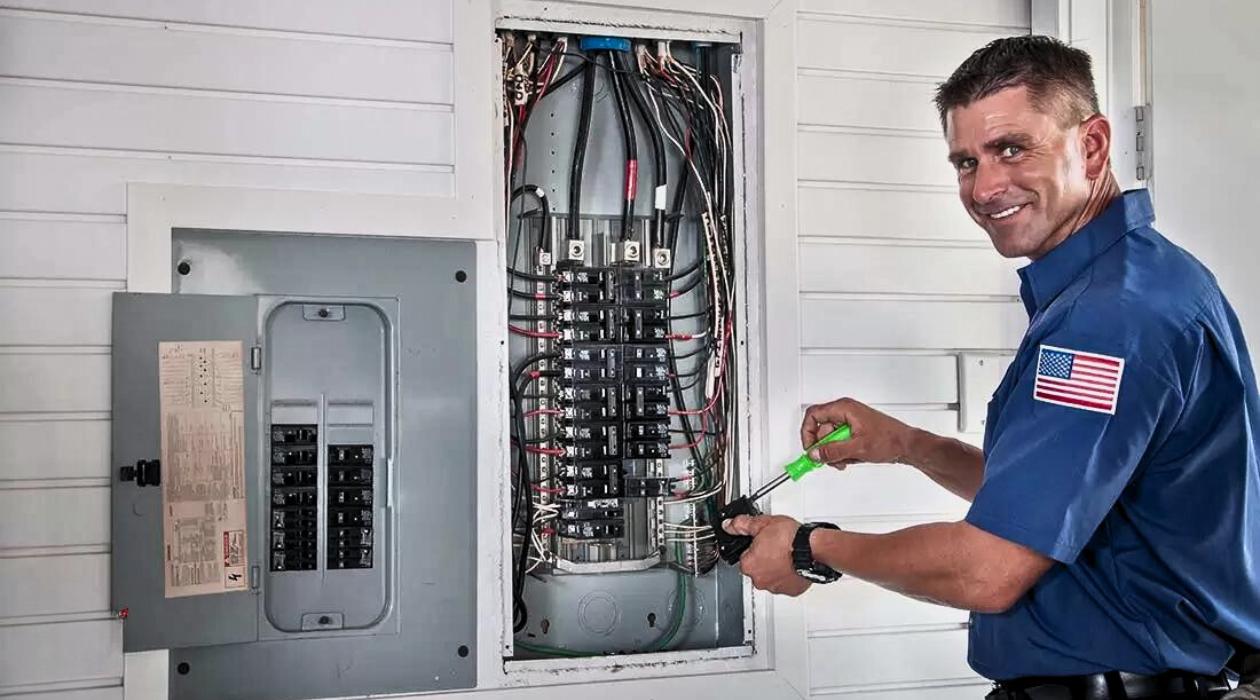
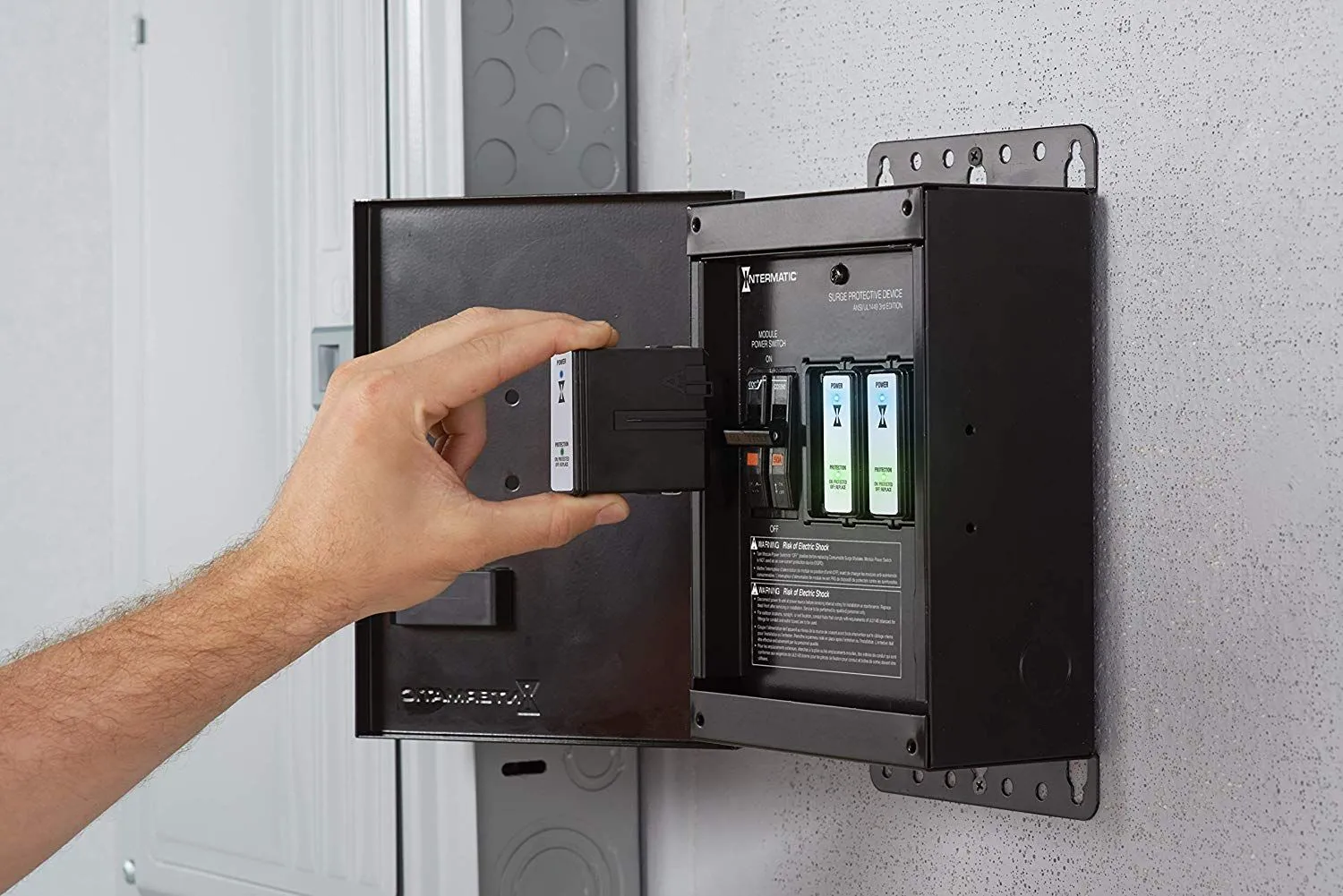
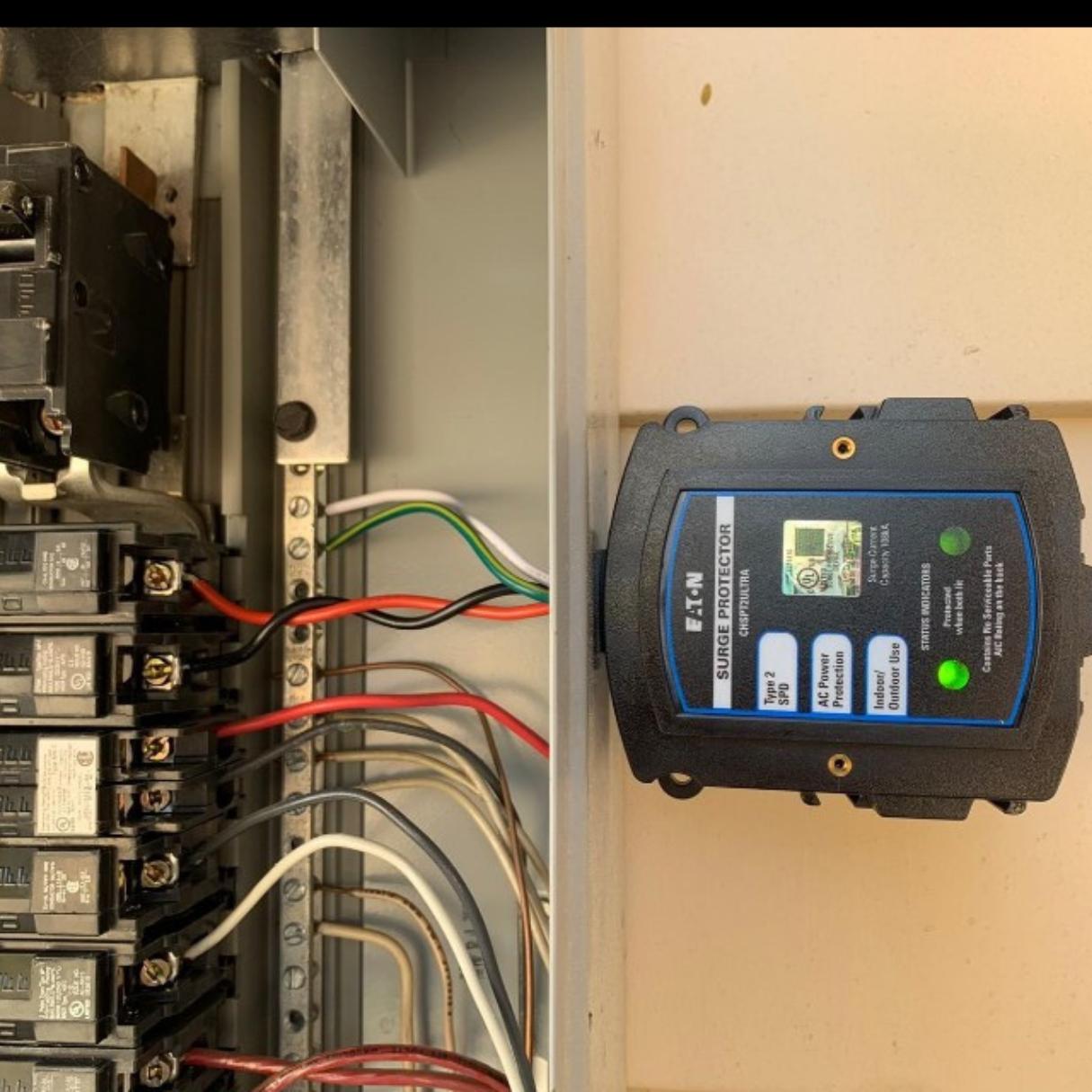
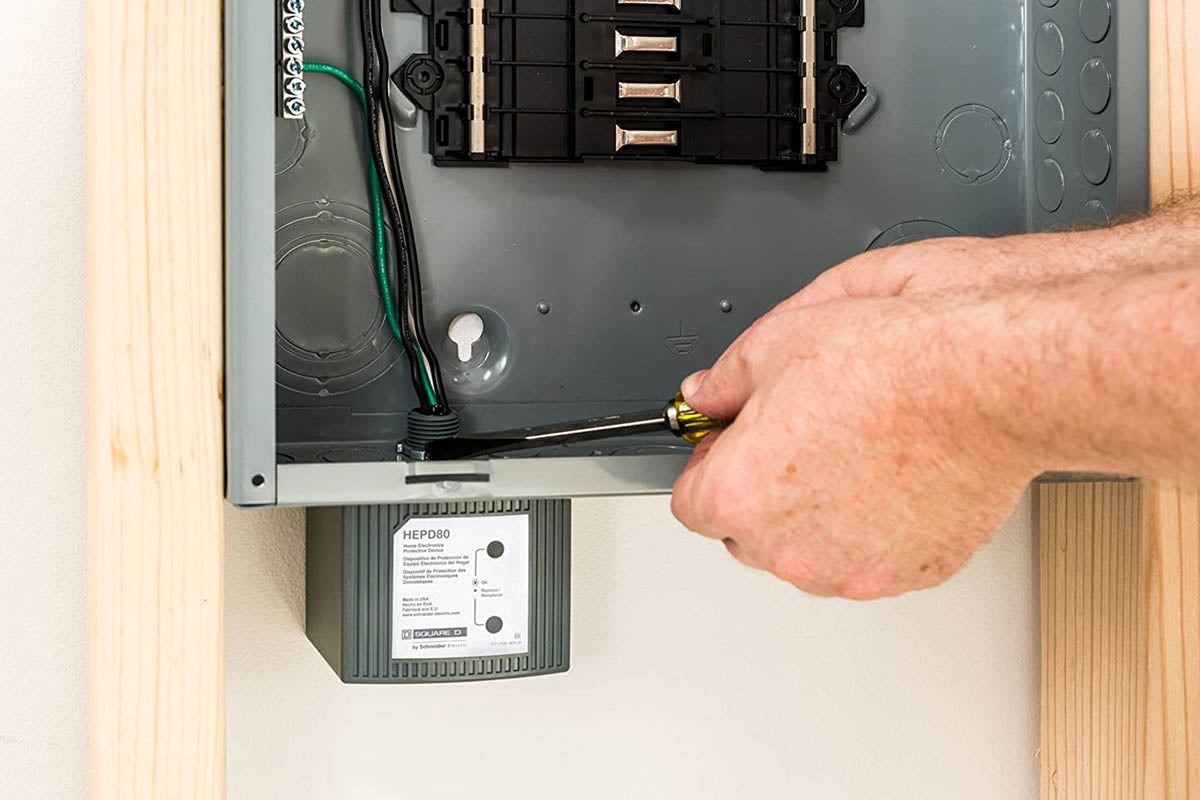
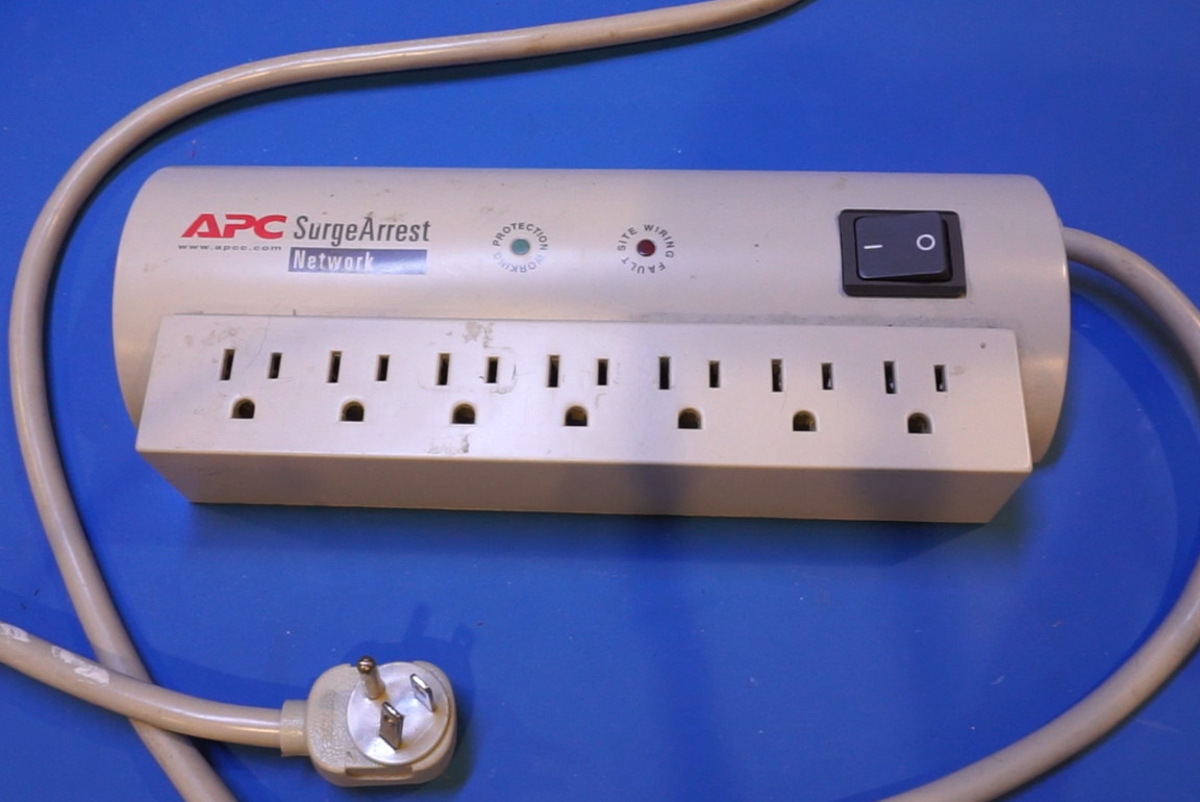
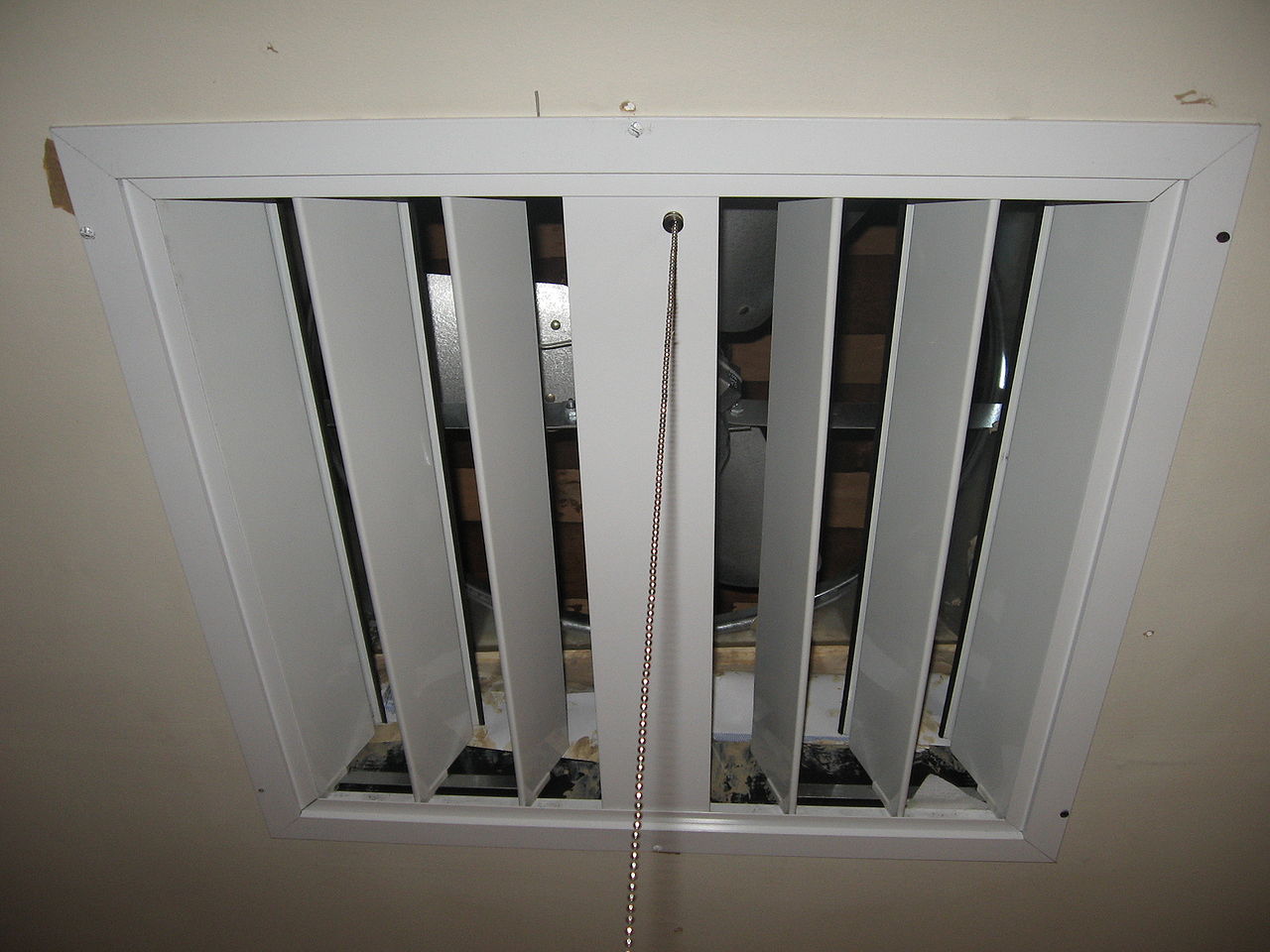
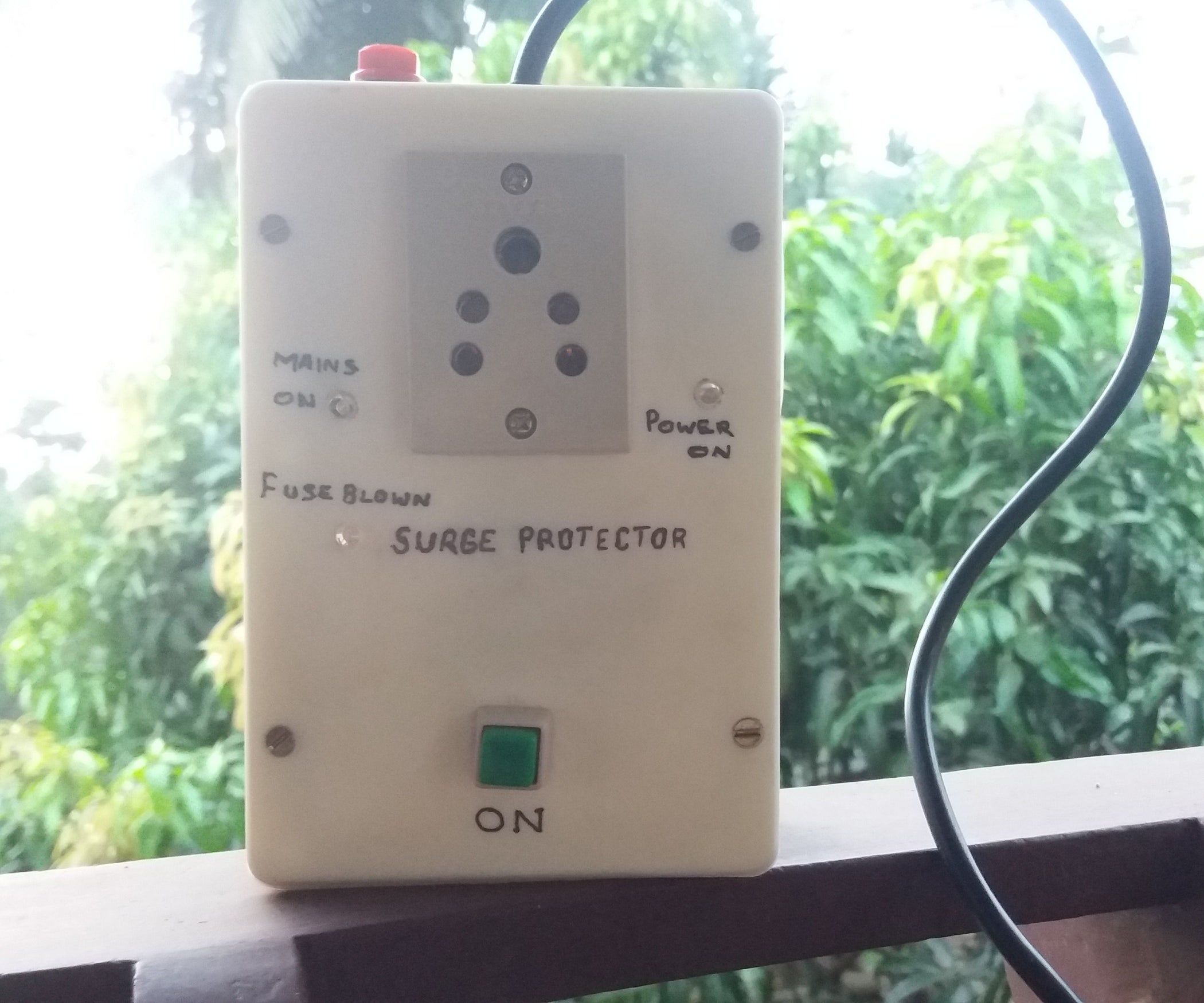
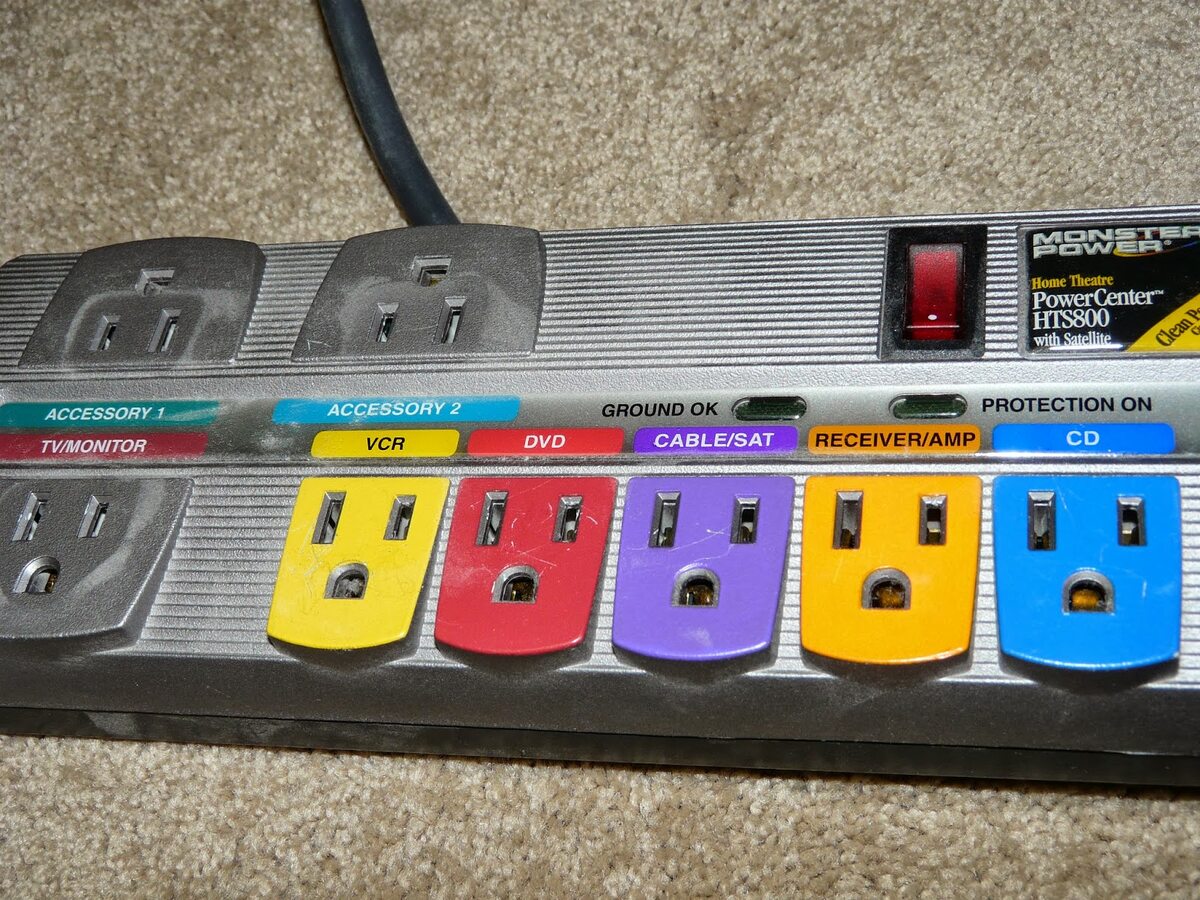
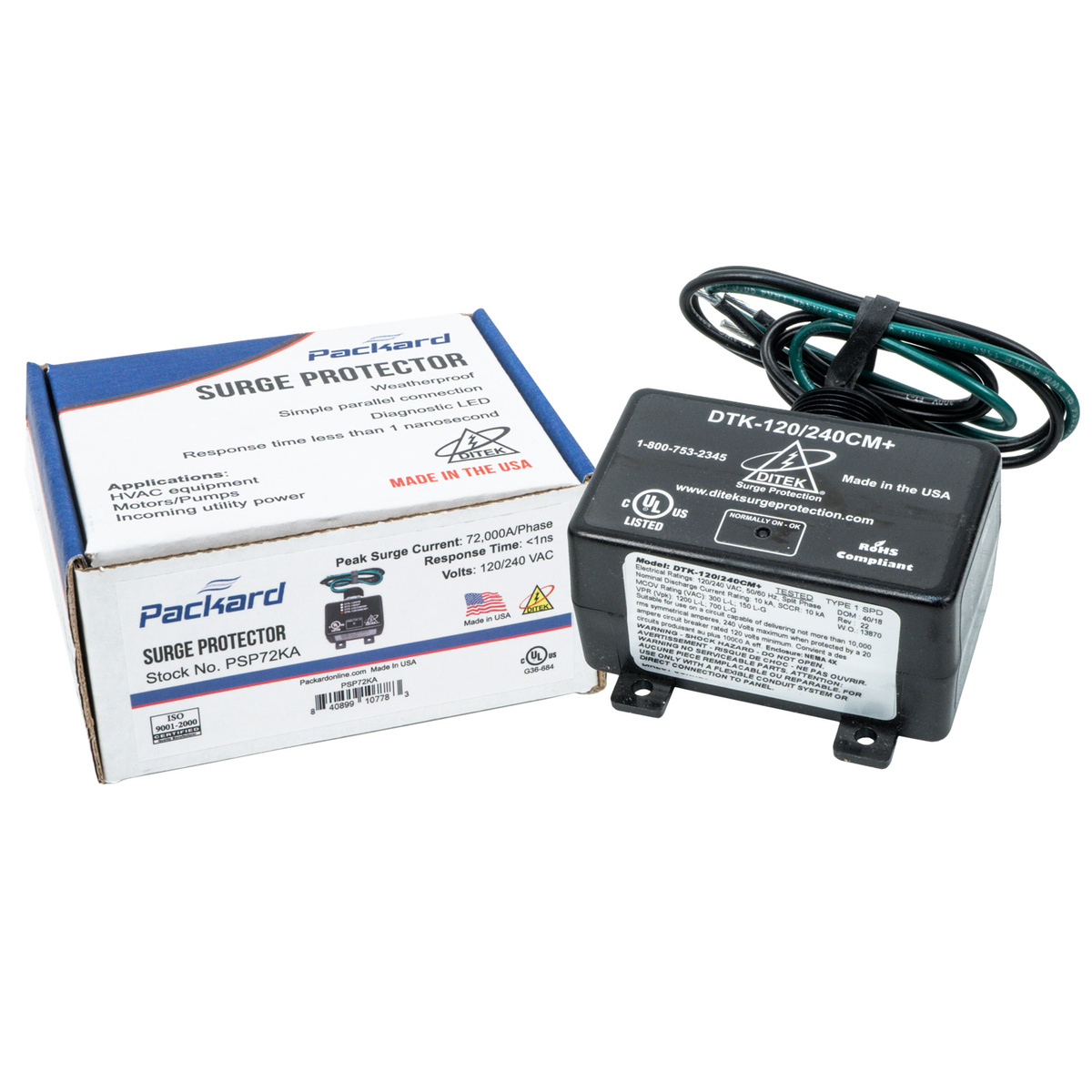
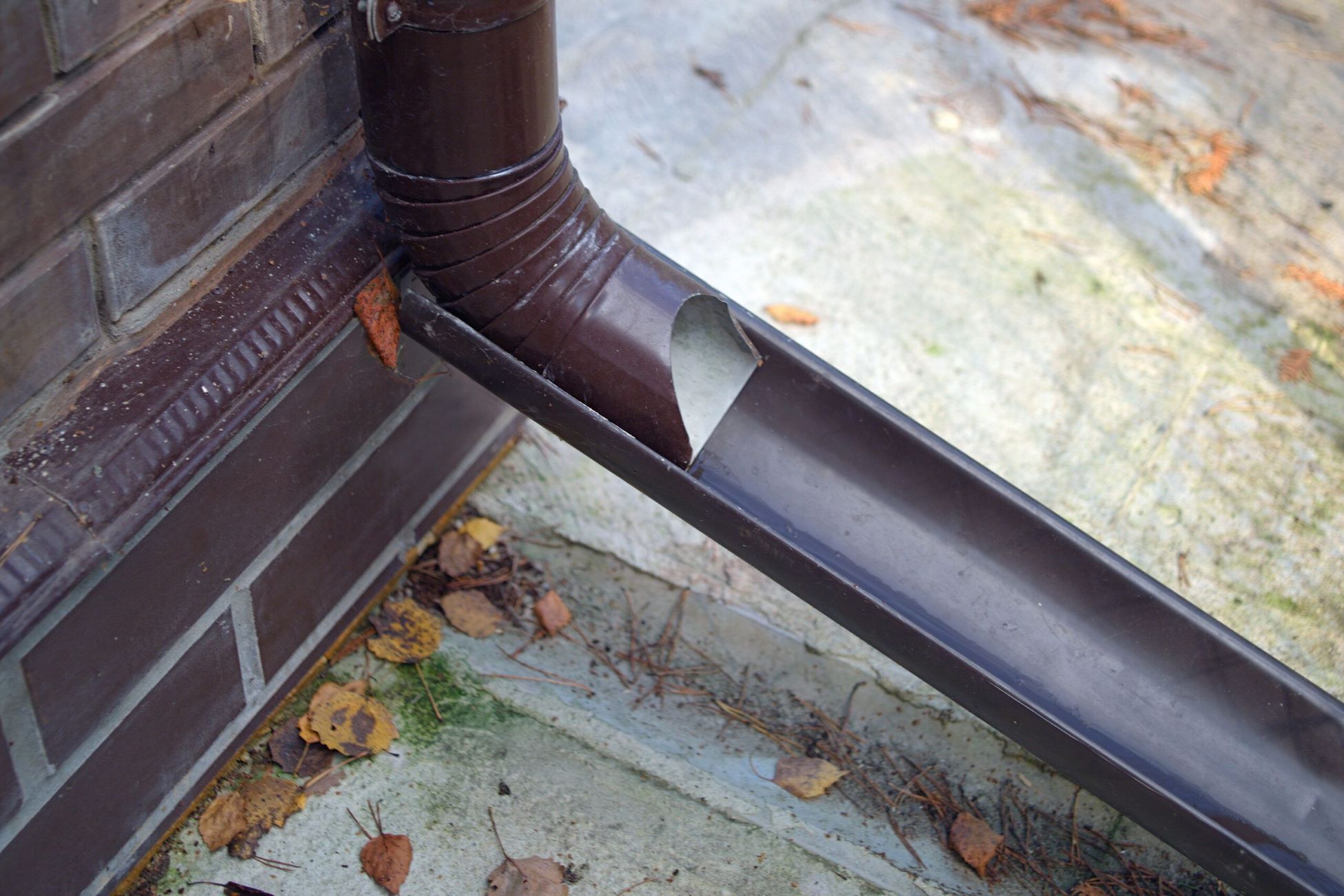
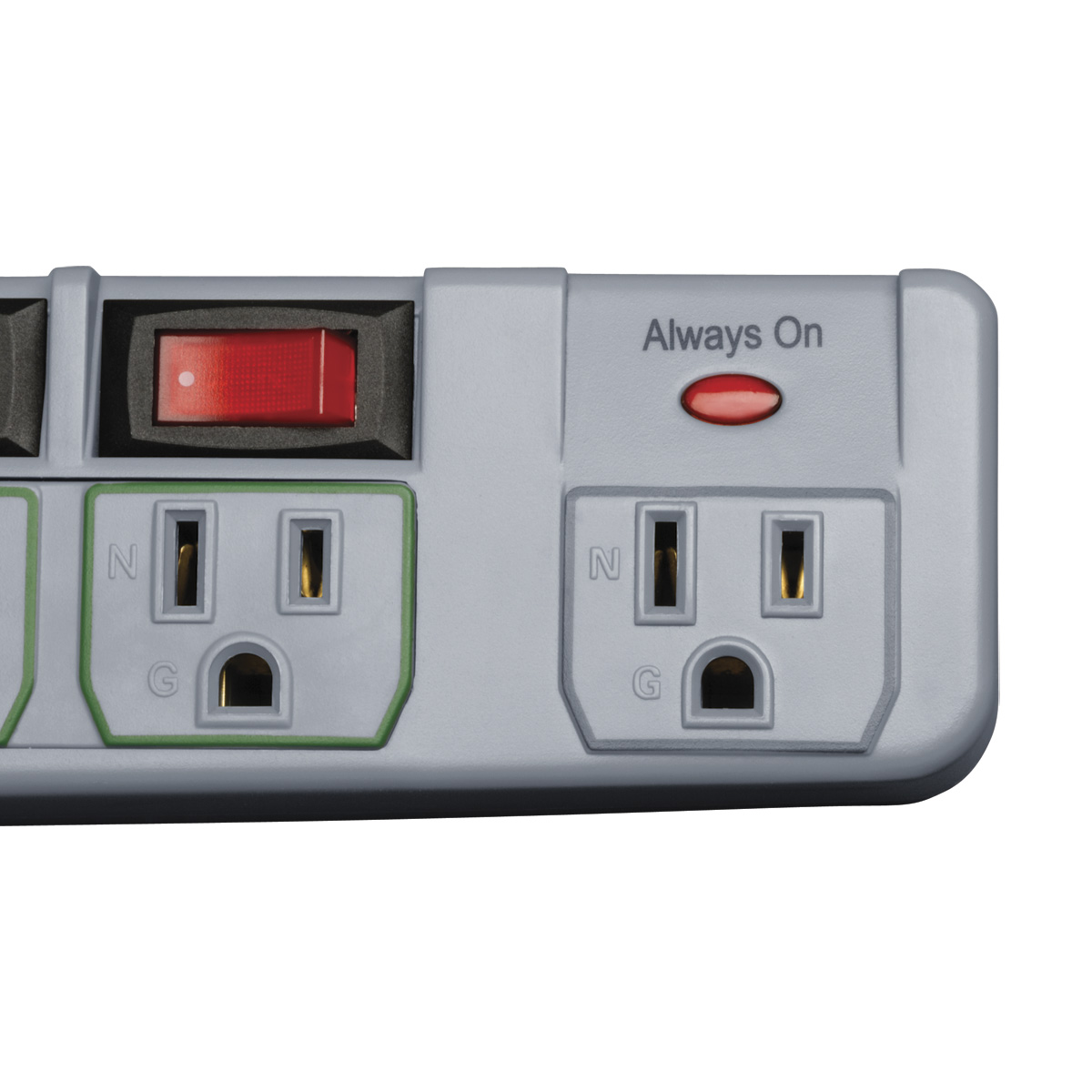
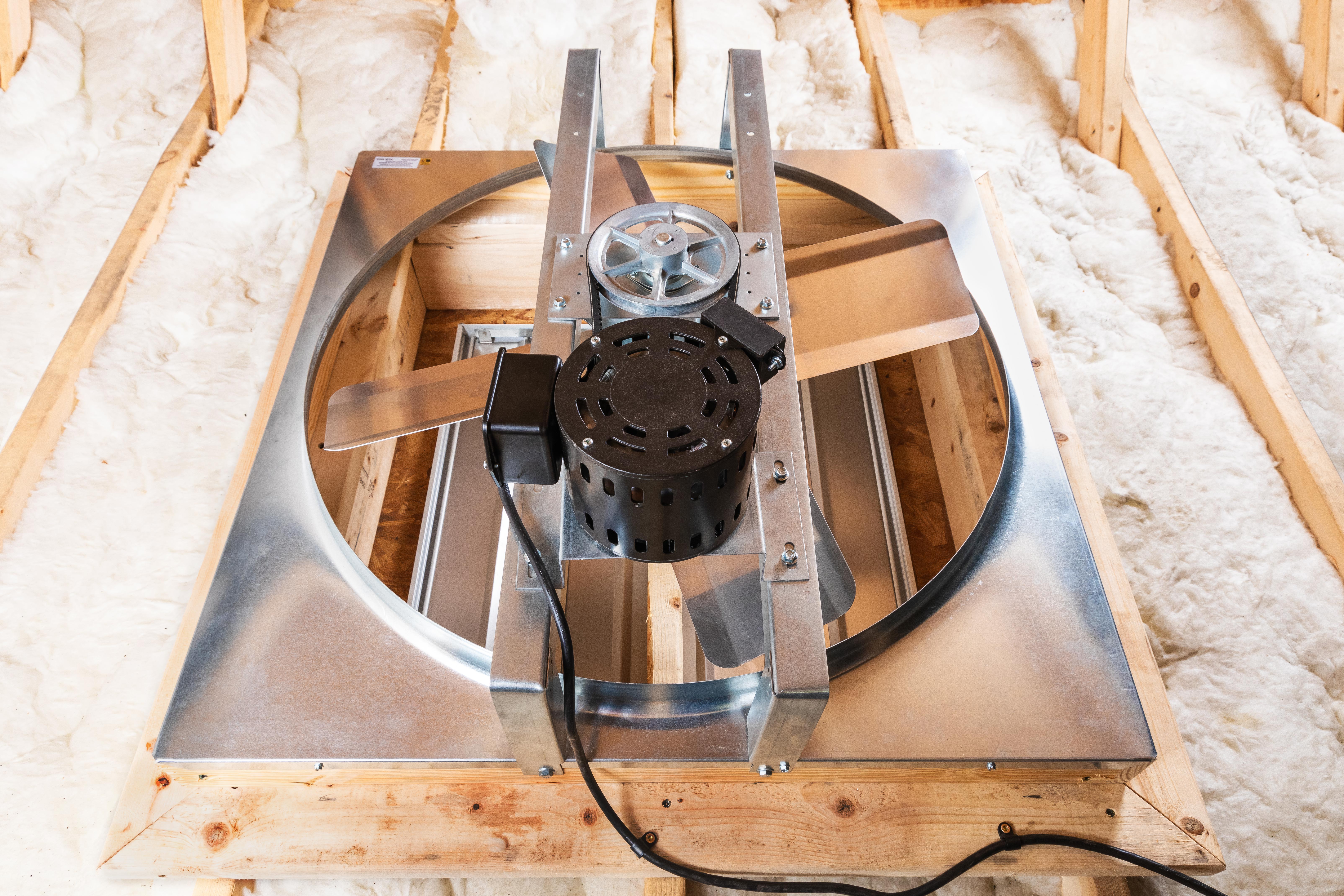
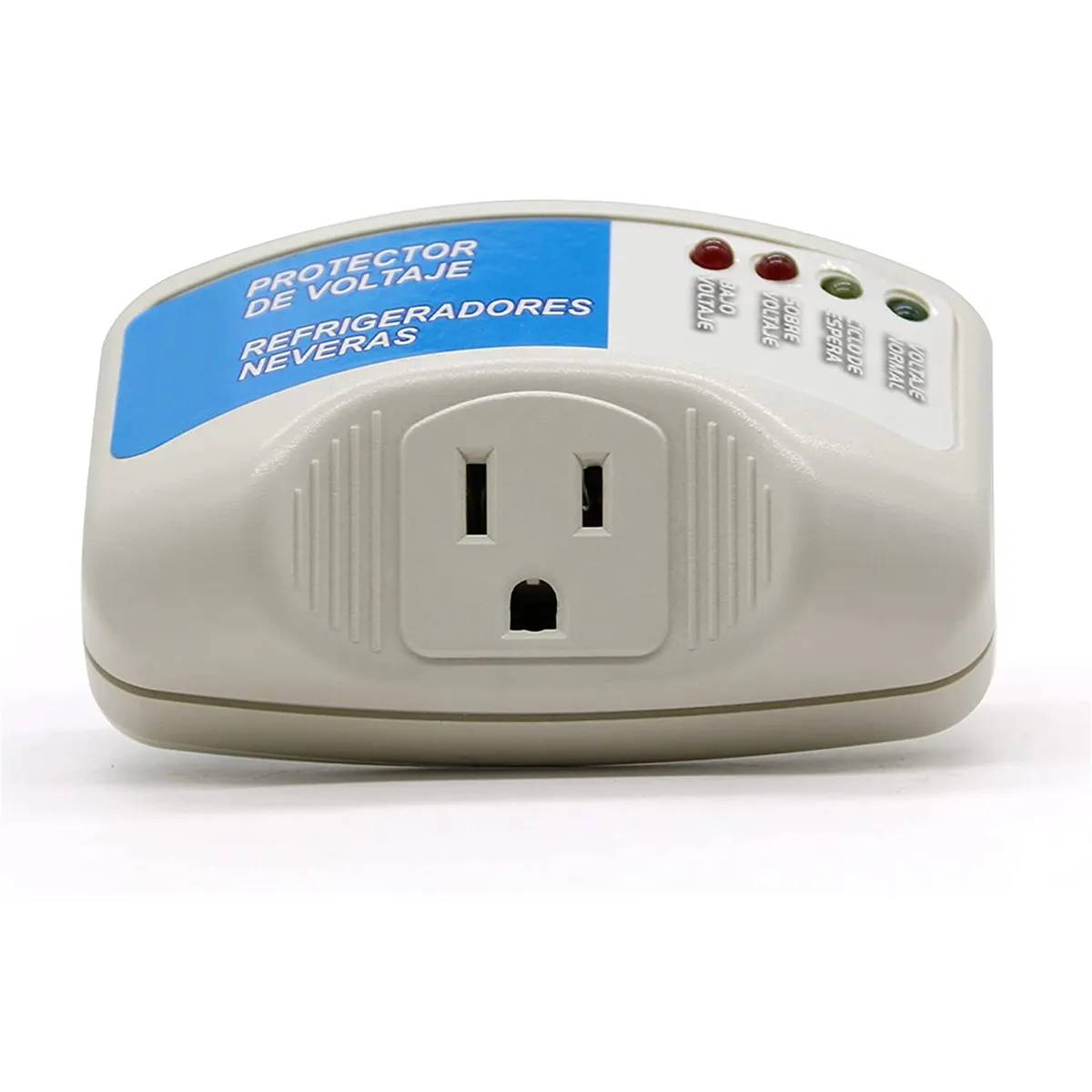

0 thoughts on “Whole House Surge Protector: How Does It Work”